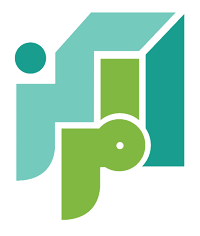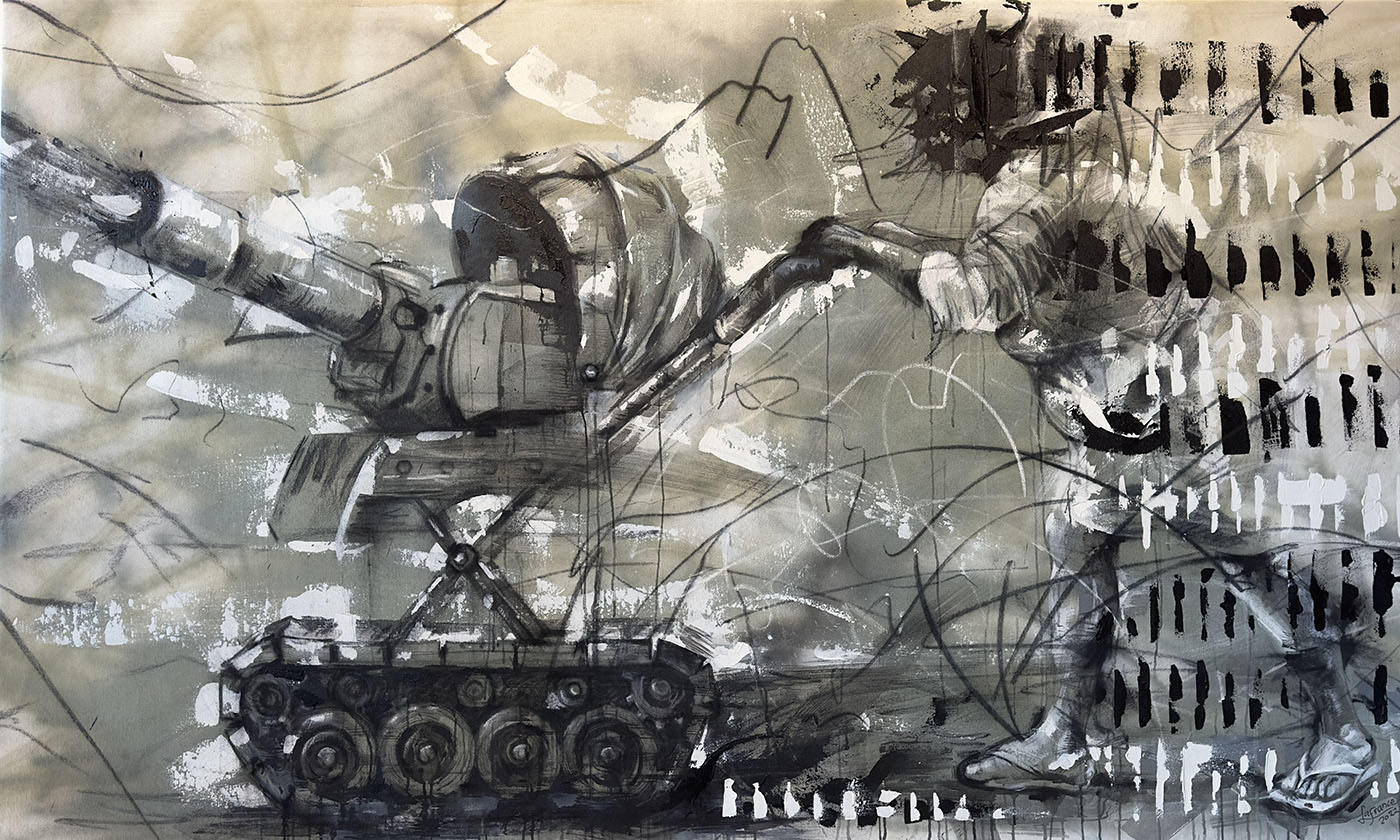Literary conversations, films, exhibitions, musicals and concerts … TMR World Picks run the gamut …
We welcome your suggestions: editor@themarkaz.org
TMR
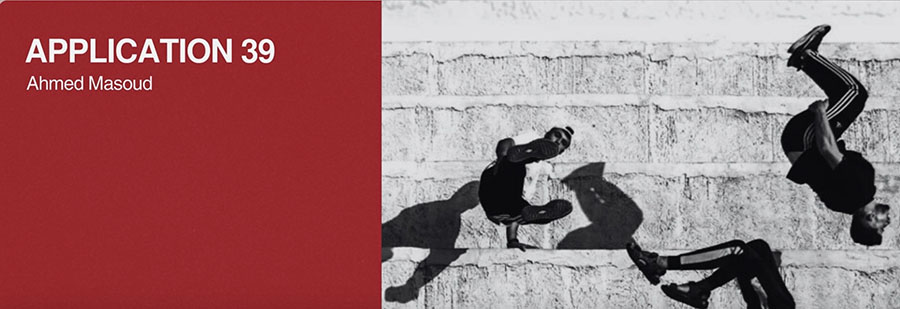
Pal Art Collective 2025
Ongoing — June 1, Theatro Technics, London — more info
Celebrating Palestinian theatre, storytelling, and humor — some of it black —the PalArt Collective has organized the following plays, which are being showcased during London’s Shubbak: A Window from Contemporary Arab Cultures festival. Application 39 is a dark comedy play that imagines Gaza hosting the 2048 Summer Olympics by Ahmed Masoud (the play’s original story appeared earlier this year in Sumūd: A New Palestinian Reader ). Peace De Resistance features Sami Abu Wardeh’s compelling call for widespread civil disobedience, a fair distribution of hand puppets, and an exploration of whether resistance can actually strum the funny bone. Return to Palestine tells the story of a Palestinian born in America, who goes to the homeland for the first time in a search of his people and identity. While in Manjal, dabke and poetry merge and bring together folk and modern Palestinian music with poetry, infused with tales of love, loss, and resistance from the everyday lives of the Palestinian people.
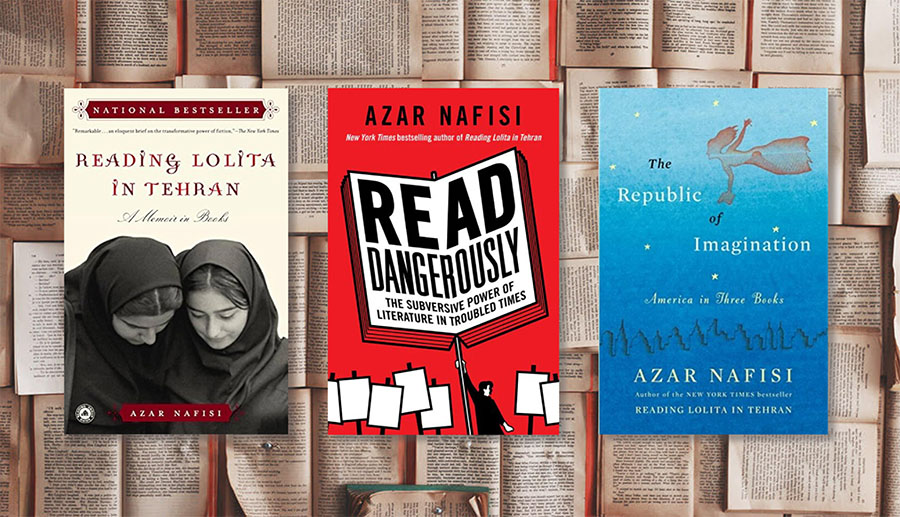
Azar Nafisi in Conversation: The Role of Literature in Times of Crisis
June 3, Middle East Institute, Washington, D.C. — more info
Drawing on both personal experience and literary tradition, acclaimed author and literary scholar, Azar Nafisi, will reflect on the power of literature in times of crisis — the written word as a force of resistance, refuge, and renewal. She will also discuss how literature has empowered women in Iran — and around the world — to find their voices and assert their agency in the face of repression. Nafisi is the author of the 2003 best seller Reading Lolita in Tehran: A Memoir in Books that was made into the film of the same name — the movie’s lead actresses, Golshifteh Farahani and Zar Amir Ebrehami, have been banned by the Iranian regime.
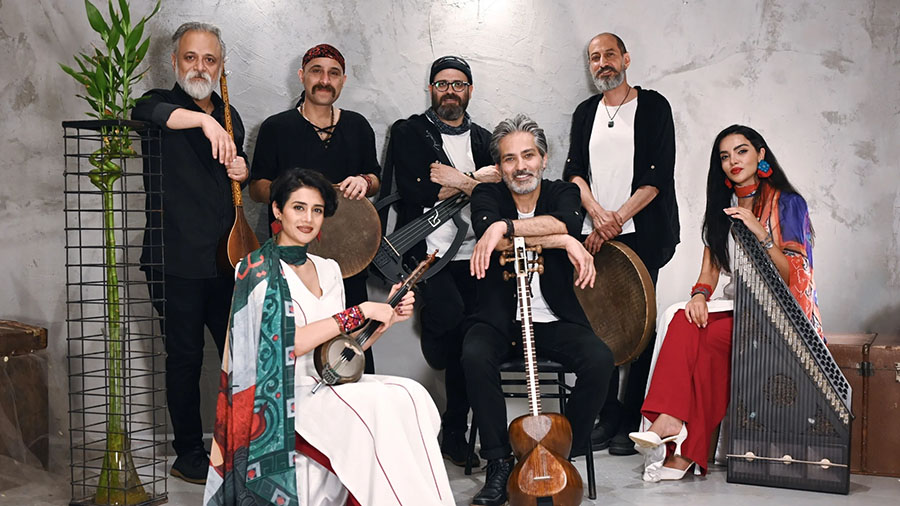
Rastak: Tales of Earth and Sun
June 7 & 8, Kings Place, London—more info
Tales of Earth and Sun is a journey through folk music, bringing together six compositions inspired by the rich musical traditions of Kurdistan, Lorestan, Balochistan, Hormozgan, Kermanshah, and heartfelt love songs from Afghanistan. Each piece carries the spirit of a place, telling stories that connect generations. Rastak is a well-known band in Persian contemporary folk music. Formed as an experimental music group in 1997, they collect, record, and interpret Iranian folk music for global audiences. Rastak incorporates language, culture, and history, merging traditional forms and instruments, such as the zarb, damami, kamancheh and santoor, with contemporary rhythms. Their song “Hele Mali” is a group folk song from Bushehr sung by fisherman and sailors.
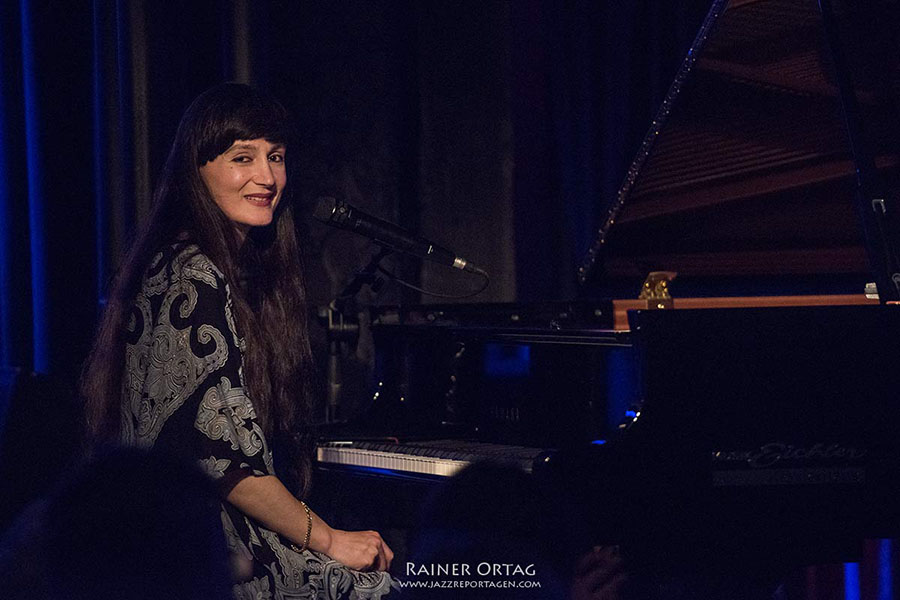
Saazbuzz Jazz Festival
June 11–13, Paris, France — more info
The SaazBuzz Jazz Festival explores identity through music by uniting artists from the SWANA region and beyond to create musical dialogues. One concert features the quintet of the Palestinian composter and pianist Faraj Suleiman, and Azerbaijani singer and pianist Aziza Mustafa Zadeh’s trio. Zadeh is known for her fusion of jazz and mugham with classical and avant-garde influences. Her performance will draw on family culture and intergenerational exchange as Mustafa Zadeh’s son, Ramiz-Han, on piano, will join his mother on stage.
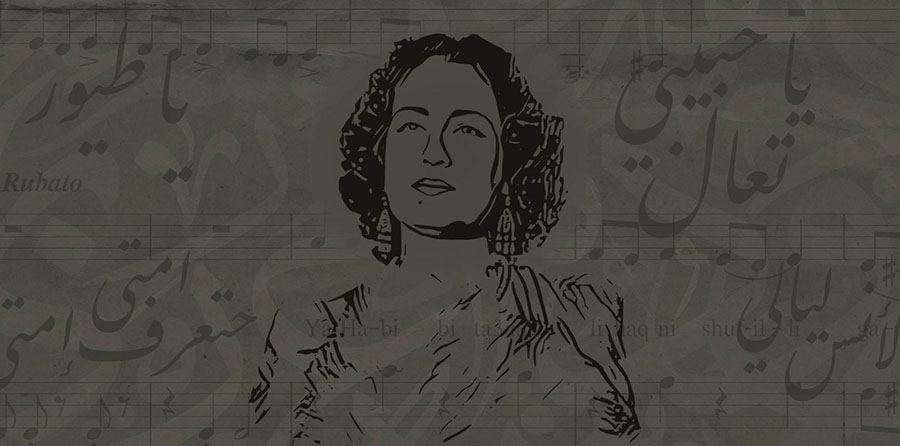
Asmahan: A New Musical Play
June 16 & 17, The Peacock Theatre, London — more info
For the first time ever, a production brings to the stage the extraordinary life and music of the singer Asmahan, once considered a significant rival to Umm Kulthum. In what promises to be a surprising musical, the first act unfolds as a backstage interview at the Cairo Opera House in the early 1940s. The second act takes place during one of the singer’s concerts, with the remarkable Syrian Armenian singer-songwriter Lena Chamamyan at the mic as the iconic Syrian-Egyptian singer. Many scenes include Asmahan’s famous brother, the actor, singer, and composer Farid al Atrash.
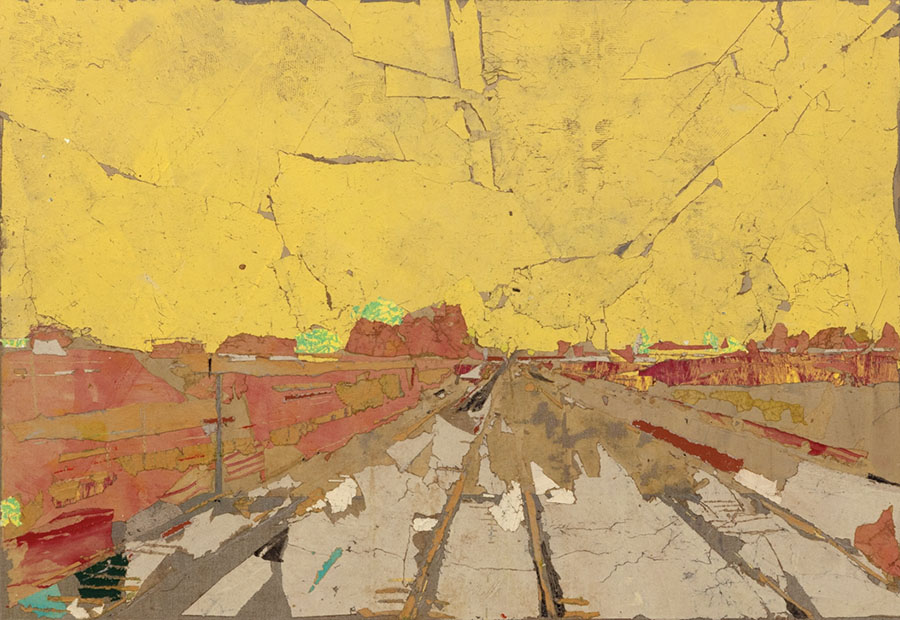
Wavering Hope: a Syrian group exhibition
June 18-September 5, Ayyam Gallery, Dubai — more info
For Syrians, hope is a complex and often conflicting sentiment. It has served as a force of endurance and, at times, a source of sorrow, rising in fleeting moments, only to vanish in the face of renewed suffering. For over two decades of conflict, displacement, and resistance, Syrian artists have relied on their creative practices as a lifeline. Through these practices, they have fought against erasure to preserve memory. At a time when homes and institutions were destroyed, art persisted as an act of quiet defiance. On December 8, 2024, the fall of the Assad regime marked a symbolic and historical turning point. The machinery of war fell silent, sanctions were lifted, and Syrians in exile felt the first stirrings of return. Yet another question persisted: was this truly an end, or merely the next iteration in a long cycle of hope and despair? With artwork by leading Syrian artists — Kais Salman, Khaled Takreti, Tammam Azzam, Abdalla Al Omari, Othman Moussa, Safwan Dahoul, Thaier Helal, Elias Izoli, Abdul-Karim Majdal Al-Beik, Mohannad Orabi, Nihad Al-Turk, and Yasmine Al Awa — Wavering Hope “is not only a collective meditation on survival but also a record of artistic persistence,” notes the Ayyam Gallery’s press release. Each of the participating artists grapples with the contrast between the homeland’s before and after, which oscillates between destruction and re-birth, mourning, and hope.

6th Annual Toronto Arab Film Festival
June 20–June 29, Toronto, various venues — more info
Toronto Arab Film (TAF) is a nonprofit organization bringing films from and about the Arab world to Toronto audiences. TAF began in 2017 with the goal of addressing the lack of Arab representation in Toronto film programming and has since grown into a multifaceted organization that promotes the diversity of Arab cultures, builds community, creates opportunities for exchange, and develops emerging artists. For the full film list, see here.

Rise, Habibi
Ongoing — June 15, The Crypt Gallery, London — more info
In partnership with Saqi Books and Shubbak 2025, Radical Love’s exhibition Rise, Habibi showcases the groundbreaking poems of 30 Arab and Muslim women writing over 1,000 years ago, taken from Saqi’s cult collection Classical Poems by Arab Women, translated by the Yemeni literary historian, poet and storyteller Abdullah al-Udhari. Paintings, textiles, sculptures, and words in Rise, Habibi draw their inspiration from the verses and couplets by warriors, saints, princesses and slaves, women who defied expectations and refused to be silenced. Zabba identified a home truth in the 9th century Abbasid dynasty: “Better to live in hardship then end up as a whipping girl.” Like Zabba, Hajna from 8th century Baghdad also bristled under authority: “Can’t you see we’ve become beetles run by a beetle boss?” Love even if its unrequited, conquers all for Hafsa in 12th-century Granada: “If you were not a star I would be in the dark. Salaam to your beauty from one who misses the thrills of your company.” In this exhibition, ancient but timeless sentiments are transformed into emotional strategies for today.

Queer Cinema For Palestine: No Pride in Genocide
Throughout the month of June, 2025, in cinemas around the world — more info
Organized by the Palestinian Campaign for the Academic and Cultural Boycott of Israel (PACBI) with hundreds of partner groups worldwide, Queer Cinema for Palestine (QCP) – No Pride in Genocide is a global film festival — from China to Ecuador — in 30 cinemas around the world. The month-long festival focuses on the work of queer, Palestinian, and allied artists, across localities, in historic Palestine and the diaspora. From doc-hybrid and experimental to fiction and animation, the films highlight cinematic arts as resistance, in the struggle for liberation. Queer Cinema for Palestine began as an ethical alternative for filmmakers who objected to showing their work in the 2023 Israeli government-sponsored TLVFest LGBTQ Film Festival. Hundreds of filmmakers have shown their solidarity in response to the boycott, and signed Queer Cinema for Palestine’s pledge: “As filmmakers, film artists and production companies committed to LGBTQIA+ liberation, we understand that our liberation is intimately connected to the liberation of all oppressed peoples and communities. We stand in solidarity with the struggle of the Palestinian people for freedom, justice, and dignity. We shall do no harm to their liberation struggle. In response to calls from Palestinian queers to boycott the Israeli government-sponsored LGBT film festival TLVFest, we pledge not to submit films or otherwise participate in TLVFest or other events partially or fully sponsored by complicit Israeli institutions until Israel complies with international law and respects Palestinian human rights.”
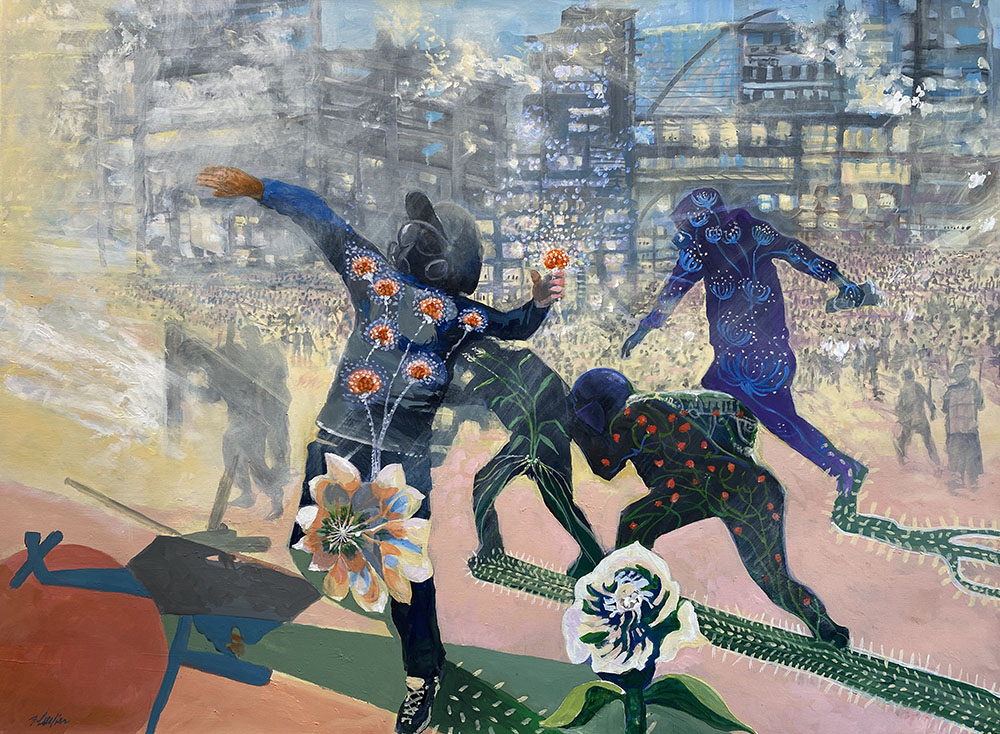
Art and Autocracy in the Americas
Ongoing — July 27, Amy Koslow Gallery, Bethesda MD/US—more info
Citizens across the globe are reeling from the explosive proliferation of autocracies in recent years, which have left more countries run by roughshod regimes than governments protecting basic civil liberties. This year, the US became a dangerous frontrunner among rogue states snatching sovereignty away from citizens by seizing control over courts, commerce, and communications. The equation is also changing fast in Central and Latin America due to the influence of US power over the region. In the recent past, US foreign politics were conflicted and without focus; it forced out military juntas, ushered in civilian elections, birthed fledgling democracies, occupied countries, made deals with dictators, started wars, ended wars, created wealth, stripped natural resources and wreaked chaos on the continent in little more than a hundred years. As the Harvard Review of Latin America ReVista calculated some 20 years ago, by then the superpower had already launched an overthrow or intervention every 28 months since the late 1800s.
When civil society suffers, the creative response is often at its most poignant and powerful. Because of this, autocrats often target art, media, and culture to eliminate any distractions from their overriding message: to ensure sameness without challenge. The nine artists in the Art and Autocracy in the Americas exhibition — American sculptor Mimi Herbert; Cuban painters Jabriel Lafrance and Sandra Dooley; Colombian painter Fabio Mesa and Colombian muralist DJ LU; Haitian voodoo flag maker Valentin Valris; Mexican illustrator Juana Estrada Hernández; The Markaz Review’s Chilean-American painter Francisco Letelier; and Peruvian pop artist Amapolay — show the stirring, often stunning effects of resistance.
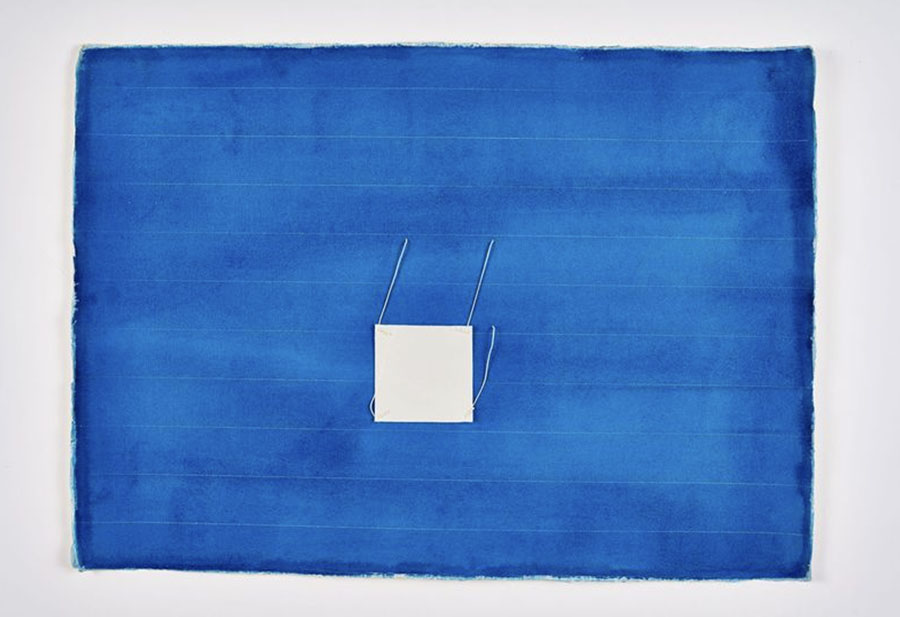
Torn Time, Bilgé
Ongoing — August 31, Institute of Arab and Islamic Art, New York—more info
This is the first institutional solo exhibition of Bilgé (1934–2000) in the US. The exhibition unveils two decades of Bilgé’s work, tracing her unwavering relationship to nature through her diverse, profound, and delicate approach to drawing. Born in Istanbul, Turkey, Bilgé navigated an artistic landscape that perceived her as “other,” yet defied social expectations by remaining in the US. This exhibition examines Bilgé’s engagement with line and space, exploring scale, nature, fiction, and geometry, which connects experiences of alienation and rapture.
